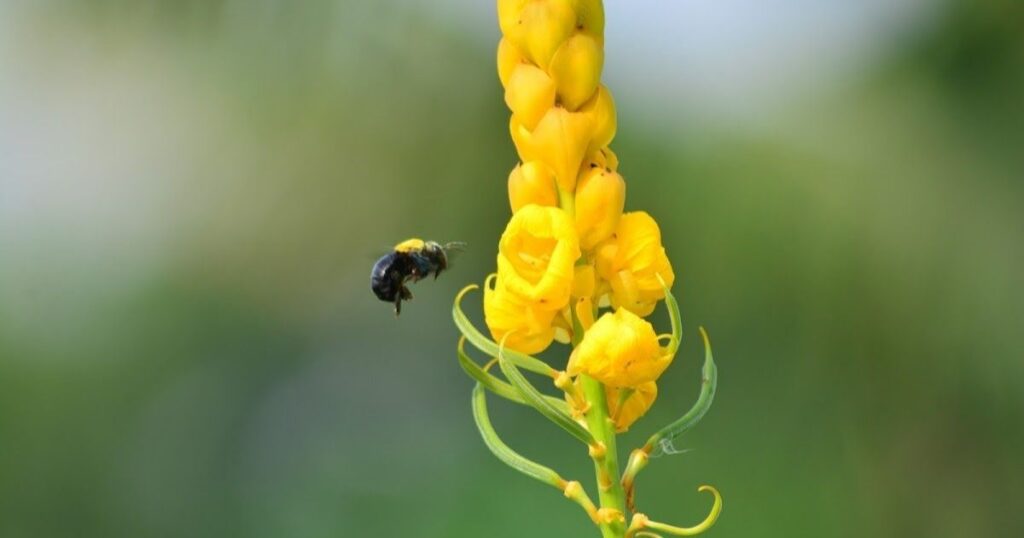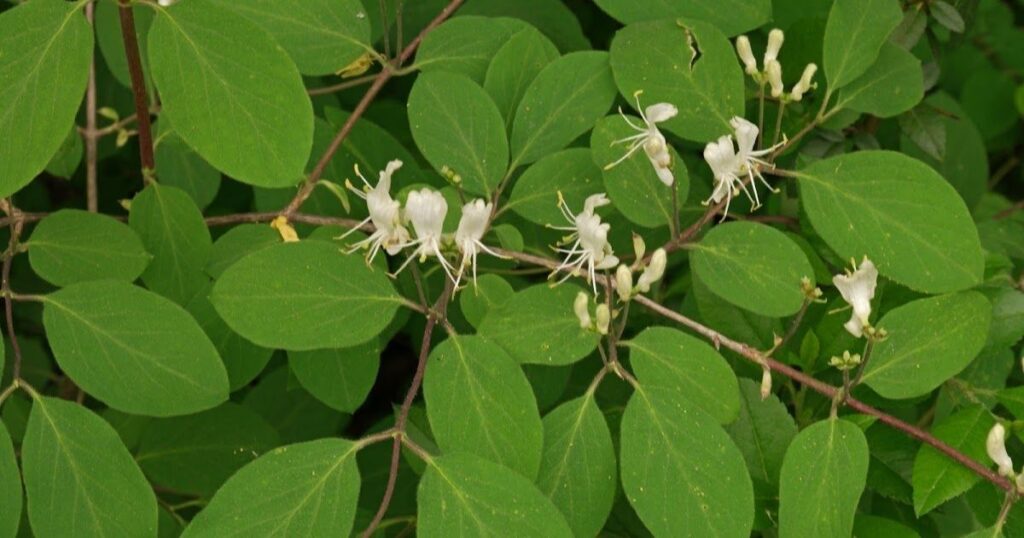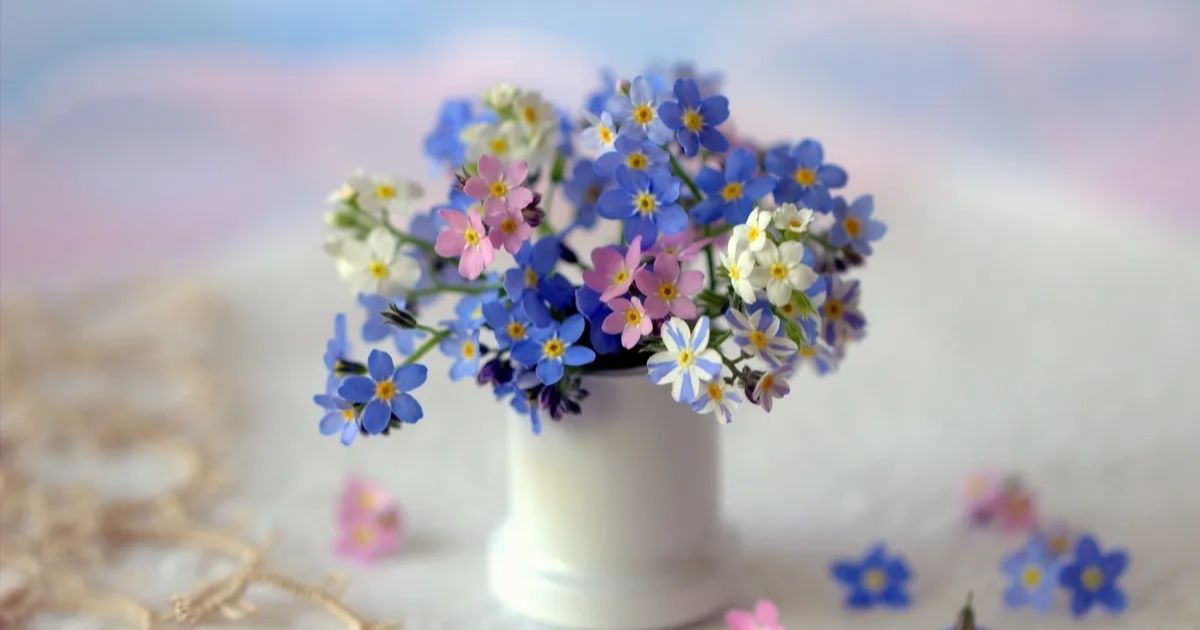When it comes to botanical diversity, flowers that start with the letter X might seem rare, but they offer a fascinating glimpse into the world of unique and often overlooked flora. From exotic orchids to resilient desert blooms, these X-named flowers showcase nature’s incredible variety. In this comprehensive guide, we’ll delve into ten remarkable flowers whose names begin with X, exploring their characteristics, habitats, and the special roles they play in both natural ecosystems and human cultivation.
Flowers Name With X
The world of flowers is vast and diverse, with species ranging from common garden varieties to rare, exotic blooms. While flowers with names starting with X may not be as numerous as those beginning with other letters, they are no less intriguing. Let’s explore these unique botanical wonders, each with its special characteristics and charm.
Xylobium Orchid
The Xylobium Orchid stands out as a jewel in the crown of X-named flowers. Native to Central and South America, this epiphytic orchid genus is renowned for its fragrant and showy blooms.
Key Features:
- Fragrant, showy flowers
- Colors range from white and yellow to orange and pink
- Tall, upright growth habit with long, slender stems
- Multiple flower spikes per plant
Growing Conditions:
- Prefers bright, indirect light
- Thrives in high-humidity environments
- Can be grown in hanging baskets, mounted on bark, or in pots
- Requires well-draining soil
Xylobium Orchids are a favorite among orchid enthusiasts for their relatively easy care requirements and stunning visual appeal. Their ability to produce multiple flower spikes makes them a spectacular addition to any orchid collection or tropical garden setting.
For those interested in orchid cultivation, the Xylobium Orchid offers an excellent opportunity to expand your collection with a unique and beautiful species. Its adaptability to various growing methods makes it suitable for both novice and experienced orchid growers.
Xeranthemum

Xeranthemum, commonly known as “immortelle” or “everlasting flowers,” is a genus that truly lives up to its nickname. These flowers, native to the Mediterranean region and parts of Asia, are prized for their long-lasting blooms that retain their color even when dried.
Key Features:
- Papery, long-lasting flowers
- Colors include white, pink, purple, and yellow
- Annual or perennial growth habit
- Grows up to 2 feet in height
- Gray-green foliage
Growing Conditions:
- Prefers well-draining soil
- Thrives in full sun
- Drought-tolerant once established
- Low maintenance requirements
Xeranthemum flowers are incredibly versatile, finding use in fresh and dried flower arrangements. Their ability to maintain their vibrant colors long after being cut makes them a popular choice for crafters and florists alike.
Gardeners appreciate Xeranthemum for its easy-care nature and drought tolerance, making it an excellent choice for xeriscaping or low-water gardens. The plant’s resilience and beautiful blooms add a touch of enduring elegance to any landscape.
Also read this post:Sugar snap peas (Pisum sativum)
Xylosma
Xylosma, a genus of evergreen shrubs and small trees, brings year-round beauty to gardens and landscapes. Native to Asia and the Americas, these plants are valued for their lush foliage and decorative berries.
Key Features:
- Dense, glossy foliage
- Decorative berries in red, purple, or black
- Can grow up to 20 feet tall if not pruned
- Adaptable to various growing conditions
Growing Conditions:
- Tolerates both full sun and partial shade
- Adaptable to different soil types
- Requires moderate watering
- Benefits from occasional fertilization
Xylosma plants are highly versatile in landscaping, serving as excellent choices for hedges, screens, or ornamental specimens. Their evergreen nature ensures year-round interest, while their dense growth habit provides privacy and wind protection.
Some species of Xylosma have found use in traditional medicine, highlighting the plant’s potential beyond its ornamental value. This dual purpose makes Xylosma an intriguing addition to gardens that blend beauty with utility.
Xanthoceras
Xanthoceras, commonly known as “yellowhorn,” is a striking genus native to China. These flowering plants offer a unique combination of ornamental beauty and practical uses, making them a valuable addition to any garden or landscape.
Key Features:
- Large, showy flowers in white, pink, or yellow
- Grows as small trees or large shrubs
- Rounded crown with attractive foliage
- Edible seeds used in traditional Chinese medicine and cuisine
Growing Conditions:
- Prefers well-draining soil
- Thrives in full sun to partial shade
- Hardy and adaptable to various climates
- Requires occasional pruning to maintain shape
Xanthoceras plants are prized for their ornamental value, producing eye-catching blooms that can transform a garden’s appearance. Their adaptability to different growing conditions makes them suitable for a wide range of gardening styles and climates.
Beyond their aesthetic appeal, Xanthoceras plants offer edible seeds that have been used in traditional Chinese medicine and cuisine for generations. This dual-purpose nature makes them an excellent choice for gardeners interested in both ornamental and practical plants.
Xylocopa

While not a flower itself, Xylocopa, or carpenter bees, play a crucial role in the pollination of many X-named flowers and countless other plant species. These large, solitary bees are found worldwide and are known for their unique nesting habits.
Key Features:
- Large, solitary bees with shiny black bodies
- Size ranges from 10 to 30 millimeters in length
- Important pollinators for many plant species
- Known for excavating nests in dead wood or plant stems
Ecological Importance:
- Vital pollinators, especially for large, open flowers
- Help break down dead wood, contributing to nutrient cycling
- Play a role in maintaining biodiversity in various ecosystems
Xylocopa bees are fascinating creatures that highlight the intricate relationships between plants and their pollinators. Their presence in a garden or natural area can significantly boost the health and productivity of flowering plants, including many X-named species.
While sometimes considered pests due to their wood-boring habits, the ecological benefits of Xylocopa far outweigh any potential drawbacks. Gardeners and nature enthusiasts alike can appreciate the important role these bees play in maintaining healthy ecosystems.
Xyris
Xyris, commonly known as “yellow-eyed grass,” is a genus of flowering plants that thrive in wetland environments. Native to the Americas, Africa, and Madagascar, these small but charming plants add a unique touch to aquatic and bog gardens.
Key Features:
- Small, bright yellow flowers resembling eyes
- Narrow leaves and erect stems
- Herbaceous perennials
- Adapted to wetland habitats
Growing Conditions:
- Thrives in wetland environments
- Often found in bogs, swamps, and along water edges
- Prefers consistently moist to wet soil
- Can tolerate a range of light conditions, from full sun to partial shade
Xyris plants play a vital role in wetland ecosystems, providing food and habitat for various insects, birds, and small mammals. Their ability to thrive in challenging wetland conditions makes them valuable for ecological restoration projects and natural water gardens.
In landscaping, Xyris can be used to add interest to pond edges, rain gardens, or boggy areas of the yard. Their cheerful yellow blooms bring a bright splash of color to these often overlooked garden spaces.
Xanthisma
Xanthisma, known colloquially as “sleepy daisies,” is a genus of flowering plants native to the southwestern United States and Mexico. These resilient plants are well-adapted to arid environments, making them excellent choices for drought-tolerant gardens.
Key Features:
- Yellow, daisy-like flowers that close at night or during drought
- Small, bushy perennials with gray-green foliage
- Slender stems reaching up to 2 feet in height
- Adapted to arid environments
Growing Conditions:
- Thrives in full sun
- Prefers well-draining, poor to average soil
- Highly drought-tolerant
- Low maintenance requirements
Xanthisma plants are not only beautiful but also ecologically important, serving as valuable sources of nectar and pollen for bees and other pollinators. Their ability to thrive in harsh, arid conditions makes them ideal for xeriscaping and water-wise gardening.
Gardeners appreciate Xanthisma for its cheerful blooms and low-maintenance nature. These hardy plants can bring a touch of desert beauty to rock gardens, borders, or any area of the landscape that receives full sun and has well-draining soil.
Xiphidium
Xiphidium, commonly referred to as “sword lilies,” is a genus of flowering plants native to the Americas. These unique plants are adapted to wetland habitats and add a distinctive touch to aquatic gardens and natural water features.
Key Features:
- Long, narrow leaves resembling swords
- Small, herbaceous perennials growing in clumps or mats
- Slender stems reaching up to 2 feet in height
- Adapted to wetland habitats
Growing Conditions:
- Thrives in consistently moist to wet soil
- Often found in marshes, bogs, and along water edges
- Can tolerate a range of light conditions, from full sun to partial shade
- Prefers humid environments
Xiphidium plants play an important role in wetland ecosystems, providing habitat and food for various wildlife species. Their unique sword-like foliage adds textural interest to water gardens and bog areas, creating a natural, lush appearance.
In landscaping, Xiphidium can be used to great effect around ponds, in rain gardens, or in any area of the garden that tends to stay consistently moist. Their ability to thrive in wet conditions makes them valuable for managing areas with poor drainage or frequent flooding.
Xylosteum

Xylosteum, commonly known as “fly honeysuckle,” is a genus of flowering shrubs native to Europe and Asia. These attractive plants offer multiple seasons of interest with their fragrant flowers, lush foliage, and colorful berries.
Key Features:
- Fragrant, tubular flowers that attract various insects
- Deciduous shrubs with opposite leaves
- Arching branches that can reach up to 10 feet in height
- Produces berries that are eaten by birds and wildlife
Growing Conditions:
- Adaptable to both full sun and partial shade
- Tolerates a variety of soil types
- Prefers well-draining soil
- Moderate water requirements
Xylosteum shrubs are prized in gardens and landscapes for their versatility and attractiveness. Their fragrant flowers provide a lovely scent in spring and early summer, while their berries offer food for wildlife and add visual interest in the fall and winter months.
These shrubs can be used effectively as informal hedges, border plantings, or as part of a mixed shrub border. Their ability to attract pollinators and provide food for birds makes them an excellent choice for wildlife-friendly gardens.
Xerochrysum
Xerochrysum, popularly known as “paper daisies,” is a genus of flowering plants native to Australia and New Zealand. These charming flowers are renowned for their papery petals that retain their vibrant colors long after being cut.
Key Features:
- Dry, papery flowers in various colors (white, yellow, pink, red)
- Small, bushy perennials with gray-green foliage
- Slender stems reaching up to 2 feet in height
- Adapted to arid environments
Growing Conditions:
- Thrives in full sun
- Prefers well-draining, poor to average soil
- Highly drought-tolerant once established
- Low maintenance requirements
Xerochrysum plants are highly valued in gardens and floral designs for their long-lasting blooms. Their ability to retain their color and shape when dried makes them popular choices for dried flower arrangements and crafts.
In the landscape, Xerochrysum adds a burst of color to rock gardens, borders, or container plantings. Their drought tolerance and low maintenance needs make them excellent choices for water-wise gardens or areas that receive minimal care.
Conclusion
Exploring the world of flowers with names starting with X reveals a fascinating array of plants, each with its unique characteristics and charm. From the exotic beauty of Xylobium Orchids to the resilient nature of Xerochrysum, these plants demonstrate the incredible diversity of the plant kingdom.
These X-named flowers offer something for every gardener and plant enthusiast. Whether you’re looking to add unusual specimens to your orchid collection, create a drought-tolerant landscape, or enhance a wetland garden, there’s an X-named flower to suit your needs.
Moreover, many of these plants play crucial roles in their native ecosystems, providing food and habitat for various wildlife species. By incorporating these flowers into our gardens and landscapes, we not only enhance the beauty of our surroundings but also contribute to the preservation of biodiversity.
As we’ve discovered, the rarity of flowers with names starting with X doesn’t diminish their importance or appeal. Instead, it makes them all the more special, offering gardeners and nature lovers the opportunity to explore and appreciate some of the less common, but equally beautiful, members of the plant world.
Whether you’re a seasoned gardener looking to expand your botanical knowledge or a curious nature enthusiast eager to learn more about the unique flora, the world of X-named flowers offers a wealth of discovery and wonder. By understanding and cultivating these special plants, we can play a part in preserving and celebrating the incredible diversity of our natural world.
FAQs
What plant begins with the letter X?
Several plants begin with the letter X, including Xylobium orchids, Xeranthemum (everlasting flowers), and Xanthoceras (yellowhorn). These plants represent diverse families and habitats, from tropical orchids to drought-tolerant perennials.
What is the name of the X SE flower?
While there isn’t a specific flower commonly known as the “X SE flower,” Xerochrysum, also called paper daisy or strawflower, is a notable flower that starts with X. Xerochrysum is native to Australia and New Zealand is known for its papery, long-lasting blooms.
What is the Z name with flowers?
Some flowers that begin with Z include Zinnia, Zantedeschia (calla lily), and Zingiber (ginger). Zinnias are particularly popular garden flowers known for their bright, colorful blooms and ease of cultivation.
What is a unique flower name?
Xiphidium, commonly known as the sword lily, is a unique flower name that starts with X. Another distinctive flower name is Zygopetalum, an orchid genus known for its fragrant and colorful blooms.











